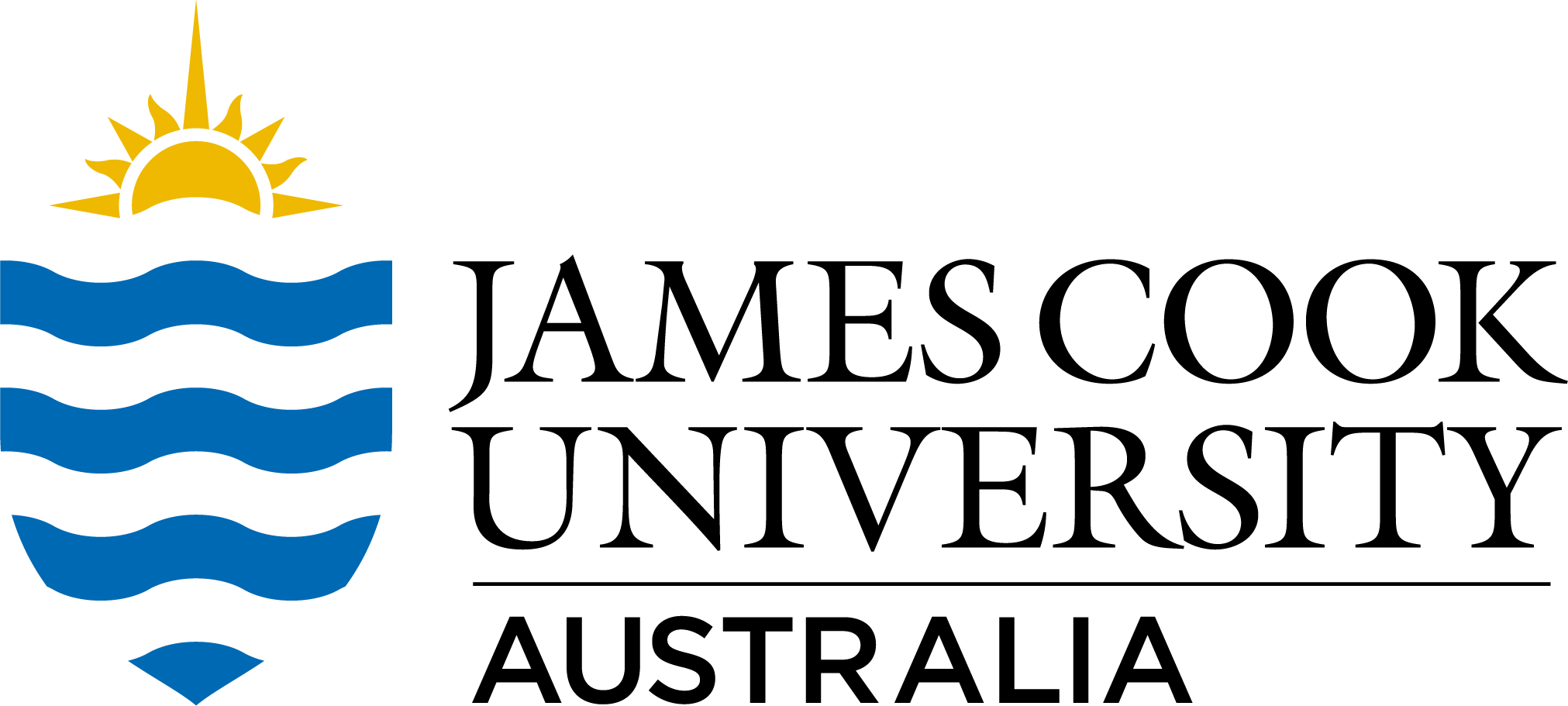Brief description
Sighting for dugong, cetacean and turtle species in the Southern Great Barrier Reef area during the dugong aerial surveys in November 2005.
Full description
The transitional funding from MTSRF plus supplementary funding from CRC Reef and CRC Torres Strait enabled the first survey of the entire urban coast of Queensland for dugongs to be carried out in November 2005. In addition, a reference block in Torres Strait was surveyed to provide a context for the survey of the urban coast. The results of the 2005 surveys are being presented to Traditional Owners and stakeholders at a series of workshops. The results of the 2005 survey have been analyzed in the context of results of pervious surveys of various parts of this coast since the mid 1980s using comparable techniques. The results of the 20 year time series of surveys suggest that dugong numbers are now stable at the scale of the entire urban coast of Queensland although populations fluctuate at the level of individual survey blocks (usually bays), probably largely due to natural changes in seagrass habitats. The results of the surveys indicate that it will be important to: (1) develop cross-jurisdictional objectives for the management of dugongs at the scale of the entire region, and (2) co-ordinate management at both culturally and ecologically relevant scales.
Notes
Please contact Helene Marsh [email protected] for GIS data. Funding for these surveys was obtained from the following government agencies: - Great Barrier Reef Marine Park Authority (GBRMPA), - Department of Environment and Resource Management (DERM), - Australian Marine Mammal Centre (AMMC), - Torres Strait Regional Authority (TSRA), - Australian Fisheries Management Authority (AFMA), - Marine and Tropical Sciences Research Facility (MTSRF), - National Environmental Research Program (NERP).
Created: 2011-11-24
Data time period: 11 2005 to 30 11 2005
text: Southern Great Barrier Reef, Queensland, Australia.
User Contributed Tags
Login to tag this record with meaningful keywords to make it easier to discover
- Local : researchdata.jcu.edu.au//published/a1ce153483ea65c1d892eea3f394cf8f
- Local : jcu.edu.au/tdh/collection/c9988836-9652-4ba6-8702-6cd1fca9d8df
- Local : 749407c5a2b04f032aaa7e842880ca3a


